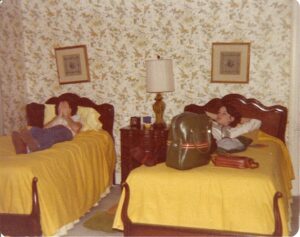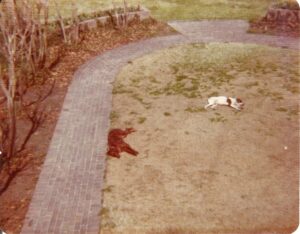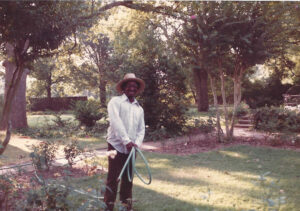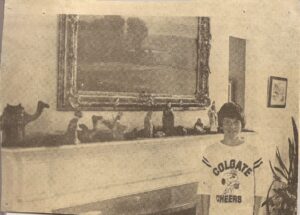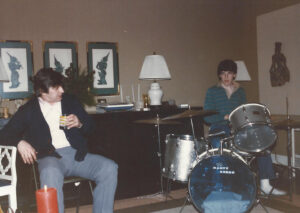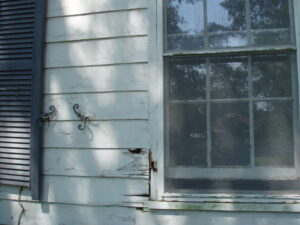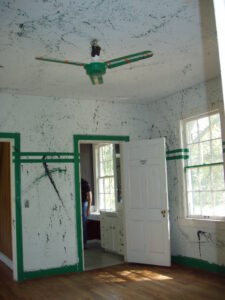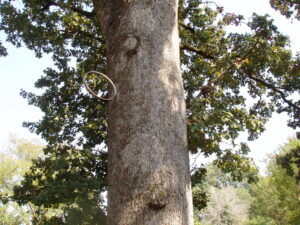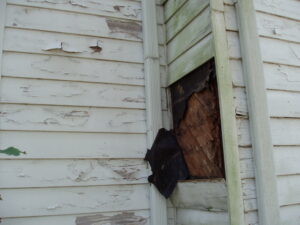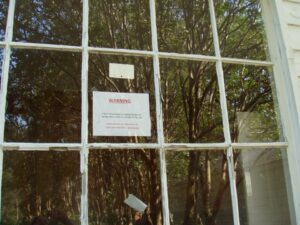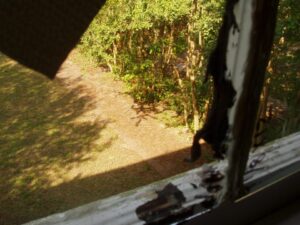I’ve been busy lately. Reason in the Rock is fast approaching, and the last minute details are time-consuming. I’m doing some research and reading to aid those involved in various aspects of the West Memphis Three matters, and there is a lot of stuff there. On top of that, my family is in the process of selling the family farm. After 100 years of deeds being swapped among four generations and various family-owned entities, there are title issues enough to make a saint swear. My brother and I are working on the title issues, and we are far from sainted. I’ve even had to reopen the long-closed probated estates of both of my grandparents and one of my great aunts to resolve matters.
And yesterday, taking a well-deserved break to engage in a little church-related activity, which is always good for the soul, I stumbled across a float of the Flying Spaghetti Monster created by the Seattle Atheists.
I want it.
The Arkansas Society of Freethinkers needs one. Can’t you just see it in the annual holiday parade here in Little Rock? We freethinkers can dress in our clerical vestments – that is, full pirate regalia – and toss packages of Ramen noodles to parade watchers. It’ll be Christmas, Mardi Gras, and soup kitchen all rolled into one. We would be able to touch so many people with his noodly appendages!
And I have nothing else to do but figure out how to build a working model of our amazing deity. Really.
But wait! What’s this? In my inbox is a missive from the company that manages the condos that lie on the other side of my back fence. Gracious, whatever could they want?
Dear Ms. Orsi:
I obtained your contact information from a mutual friend, David Simmons. I am writing on behalf of the Townhouses-in-the-Park Property Owners Association. I have been asked to contact you in reference to your swimming pool and the manner in which the water is being drained. The POA Board believes that the chemicals in your pool water are killing the ivy and eroding a French drain located below your pool on the TIP property. The POA Board wishes to handle this matter in an amicable and neighborly fashion. Would you please contact me to discuss this issue?
Thank you, in advance, for your cooperation.

Not again. This is, sadly, not my first rodeo with these “amicable and neighborly” people.
I clicked on the attachments.
I swear by the noodly appendages and meatballs of the Flying Spaghetti Monster, and by all else that is holy, that these two photos are what I was sent as proof of the evildoing of my swimming pool.
I fumed a bit. I needed to collect my thoughts before I called the email’s author, because I was more than a little irked. I tend to become extremely sarcastic when I’m annoyed. Sarcasm is not “amicable and neighborly,” or so I’ve been told. So I called Mom and ranted for about 20 minutes.
When I finally calmed down, I called the contractor who had installed the offending pool in 2009.
“Jimmy,” I said, “you aren’t going to believe this.” I told him what was up. He sighed, and said he’d come take a look.
When I calmed down some more, I called the author of the email. She was out.
A few days later, Jimmy came. He looked. We both peered over my fence onto the hillside between my pool and Townhouses in the Park. He scratched his head. “So, where’s the dead ivy?” he asked. Unable to answer his question, I peered over the fence again. Nope. No dead ivy could be seen.
“What do I do?” I asked him. He shrugged helplessly. He outlined the possibility of draining the pool higher up the hill, still on my property, of course. I asked him for a bid. He left, shaking his head. We both know that the mere existence of my pool bugs the crap out of the Townhouses in the Park Property Owners Association. We’ve been down this road before.

My beloved father, whose ashes were spread into the Cache River on our family farm over a decade ago, wrote what our family calls “John Letters.” Sometimes he sent them. Usually, Mom, Susan, Jay or I edited them to remove the most sarcastic and offensive parts. At times, to Dad’s chagrin, we’d edit them into starchless, plain vanilla, politely worded protests that in no way resembled what Dad really and truly wanted to say.
The city of Des Arc was the recipient of at least one unedited John letter a few years before Dad died. The city was not amused. Dad was proud of himself. He was such a clever wordsmith.
I’ve written a John letter to the property manager representing Townhouses in the Park. Oh, I’ve edited it. I’ve refined it. I really, really want to send it. I’m proud of myself. I am such a clever wordsmith.
Dear Ms. Jackson:
The Townhouses in the Park Property Owners Association is fond of complaining about my swimming pool, which apparently exists mostly to annoy them. While I was in the process of building it in 2009, Townhouses in the Park reported me to Little Rock Code Enforcement for building not just one, not even two, but three swimming pools in my back yard. Seriously.
After that, they said that the drainage from the pool was washing out the soil from beneath their asphalt and would cause their parking lot to collapse. Yes, they really said that. To alleviate their concerns that my pool would wash Townhouses in the Park all the way down Cedar Hill to the Allsopp Park tennis courts, I installed a drainage system that diffused the backwashed water over a very large area on my property.
Then, on a Saturday night after a pipe had burst that morning and been repaired, they decided to come over to my house when I was having a dinner party to complain, in front of my arriving guests, that there was too much water in their parking lot. They must really hate thunderstorms.
Next, they claimed that the three year old masonry wall of my pool which faces them, and which they cannot see without coming into my yard beyond the wooden privacy fence that separates my property from theirs– and which even then they could not see since a second retaining wall blocks even my own view – was crumbling and collapsing in decay. It wasn’t.
In their latest complaint, Townhouses in the Park apparently believes that the al Qaeda sleeper cell that is my swimming pool suddenly awoke after one of the hottest, driest summers in memory to unscrupulously assassinate what appears to be a two foot spread of ivy hanging over a wall, presumably just down the hill from my property.
As Townhouses in the Park is aware, the backwash from my pool, which amounts to about a bathtub’s worth every week or so, is eliminated on my property through a perforated pipe about 15-20 feet long into a French drain that is even longer. The diffuse drainage is unlikely in the extreme to have zeroed in on that unsuspecting bit of ivy after four years of peaceful coexistence. From the vantage point of my property, I am unable to discern any dead ivy; I cannot tell where the photo was taken. The plants on my property that are even closer to the point of drainage are alive and healthy. Even the ivy.
But, in the interest of resolving this matter in an amicable and neighborly fashion, I had the contractor who installed the pool and drainage system come to look at it. Unsurprisingly, he said there was no way my pool’s backwashed water was the cause of the dearly departed’s demise. Had my pool water been inclined to murder unsuspecting plants such as that particular patch of English ivy, it would do so from the point of drainage all the way to the wall; it would not have the necessary intelligence or purpose to target a single spot at least ten feet away from the point of drainage, leaving all plants between the drain and the target unmolested. That’s just how terrorist swimming pools and their affiliated suicide bomber drainage systems roll.
The seepage pipe in the wall is similarly unaffected by me backwashing my pool. By the time the water gets from the drain to the wall, it has gone through soil at least ten feet wide, twenty feet in length, and ten feet in depth. There is simply not enough water concentrated in that area at any given time to cause the problem complained of.
Townhouses in the Park should be aware that in the event there ever really is a problem that I don’t already know about (and haven’t promptly taken reasonable steps to address), I may not take them seriously. There is a story about a little boy who cried “wolf.” The Townhouses in the Park Property Owners Association should familiarize themselves with the moral to that story.
Should I?

Oh, hell. I know I shouldn’t. But I really, really want to.








